14. Yogen (Norio Tsuruta, Japan, 2004)
Remake: Premonition (Mennan Yapo, 2007)
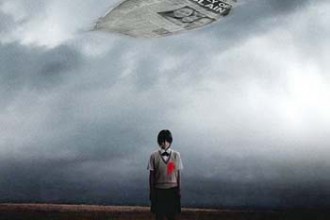
High school teacher Hideki Satomi, his wife Ayaka, and their five-year-old daughter Nana, are returning to Tokyo after a vacation in the country.
On the way, Hideki stops at a phone booth to send an e-mail. However, while there, his eyes linger toward a newspaper whose article states that an accident will occur a minute later in the spot on the road he has left his car. Before he even has a chance to react, he becomes a witness to his daughter’s death and his life changes forever. Three years later, history repeats itself.
Norio Tsuruta presented a film where time and space are depicted as mental delusions, including elements of gore and humor in a picture that draws heavily from “The Sixth Sense”. There is nothing original or groundbreaking here, although the result is quite entertaining.
Mennan Yapo tried to retain the horror element and he succeeded, up to a point. However, the script has many contradictions, which after awhile make the film quite incoherent, thus resulting in a mediocre production.
13. Shutter (Banjong Pisanthanakun and Parkpoom Wongpoom, Thailand, 2004)
Remake: Shutter (Masayuki Ochiai, 2008)
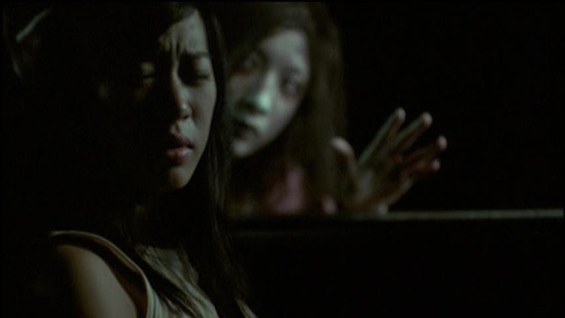
In the Thai original, a couple named Tun and Jane accidentally hit a woman on the road while driving home after a party. Amidst their panic, they decide to leave her there. After the incident, Tun, who works as a photographer, begins to discover some strange shadows in his pictures, whereas Jane believes that the ghost of the woman haunts them.
When they return to where the accident took place, they discover that they had actually hit a column and there has been no report of a female victim. Meanwhile, a tale from Tun’s past resurfaces.
The element that causes “Shutter” to differ from the general plethora of horror films is the character of Tun. He is the hero of the movie. He is also the one who persuades his girlfriend to leave the victim, and who pretends nothing happened. It is one of the few films where the victim seems to deserve what happens to him.
The Hollywood producers, in a peculiar tactic, cast the Japanese Masayuki Ochiai as the director and shot the film chiefly in Japan, probably in an effort to give the film the aesthetics of J-horror.
Ochiai, however, did not manage to present an equal to the original, particularly due to the mediocre performances of the protagonists and its tedious explanatory nature. The film is entertaining, but is not as artistically accomplished or scary as the original.
Lastly, and despite the generally negative reviews, the remake was a box office success, grossing over five times its budget.
12. 13: Game of Death (Chookiat Sakveerakul, Thailand, 2006)
Remake: 13 Sins (Daniel Stamm, 2014)
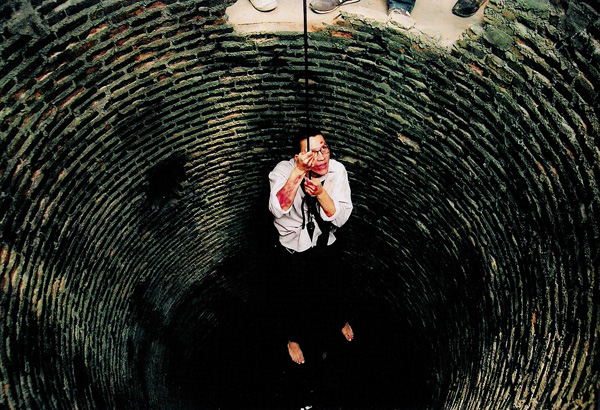
The film tells the tale of Phuchit Puengnathong, a musical instrument salesman who has the worst day of his life professionally, financially, romantically, and regarding his family.
Just when despair is about to completely take over him, he receives a phone call from a girl who asks him to participate in a game, where his first task would be to kill a fly with the newspaper he is holding, and upon completion, his account will be credited with 10000 baht.
Chookiat Sakveerakul was only 25 when he wrote and directed this film. However, he managed to create an astonishing movie that moves at an extremely rapid pace and artfully combines elements of thriller, horror and action, even incorporating a number of darkly humorous moments. The question he presents is quite evident: How far can a man reach in order to earn money?
Daniel Stamm managed to retain the tension, the dark humor, and a portion of the original film’s gore, while his main character is an insurance salesman in this adaptation. As with the Taiwanese film, the most entertaining element is the metamorphosis of the “hero” from an everyday man to a violent individual, much to his own surprise.
Both Mark Webber and Krissada Sukosol are magnificent in the protagonist role.
11. Ringu (Hideo Nakata, Japan, 1998)
Remake: The Ring (Gore Verbinski, 2002)
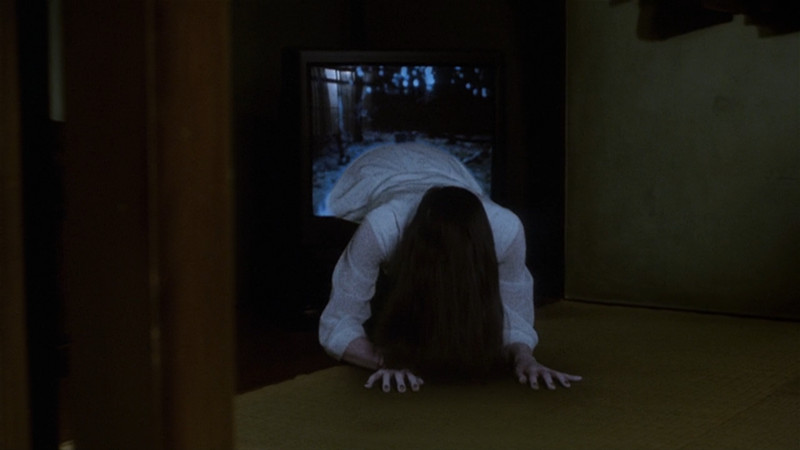
The original film was the one that turned the global audience’s attention toward J-horror, creating a franchise that spawned two sequels, three spin-offs, a Korean and two American adaptations.
Based on the homonymous novel by Koji Suzuki, the film revolves around a videotape that causes anyone who watches it to die in seven days. Journalist Reiko Asakawa and her ex-husband investigate the case, only to stumble upon a woman with mythical proportions named Sadako.
Hideo Nakata presented a social message regarding technophobia and fear of the media, while building a great story within a cover of horror. Sadako’s exit from the TV is a clear example of the two, and is one of the most iconic (and horrific) images of the genre.
Gore Verbinski managed to retain the atmosphere of the original, presenting a spine-chilling film that benefits the most from its cinematography, sound, and a great performance by Naomi Watts in the protagonist role. The social message, however, was practically nowhere to be found.
10. Bangkok Dangerous (Pang Brothers, Thailand, 2000)
Remake: Bangkok Dangerous (Pang Brothers, 2008)
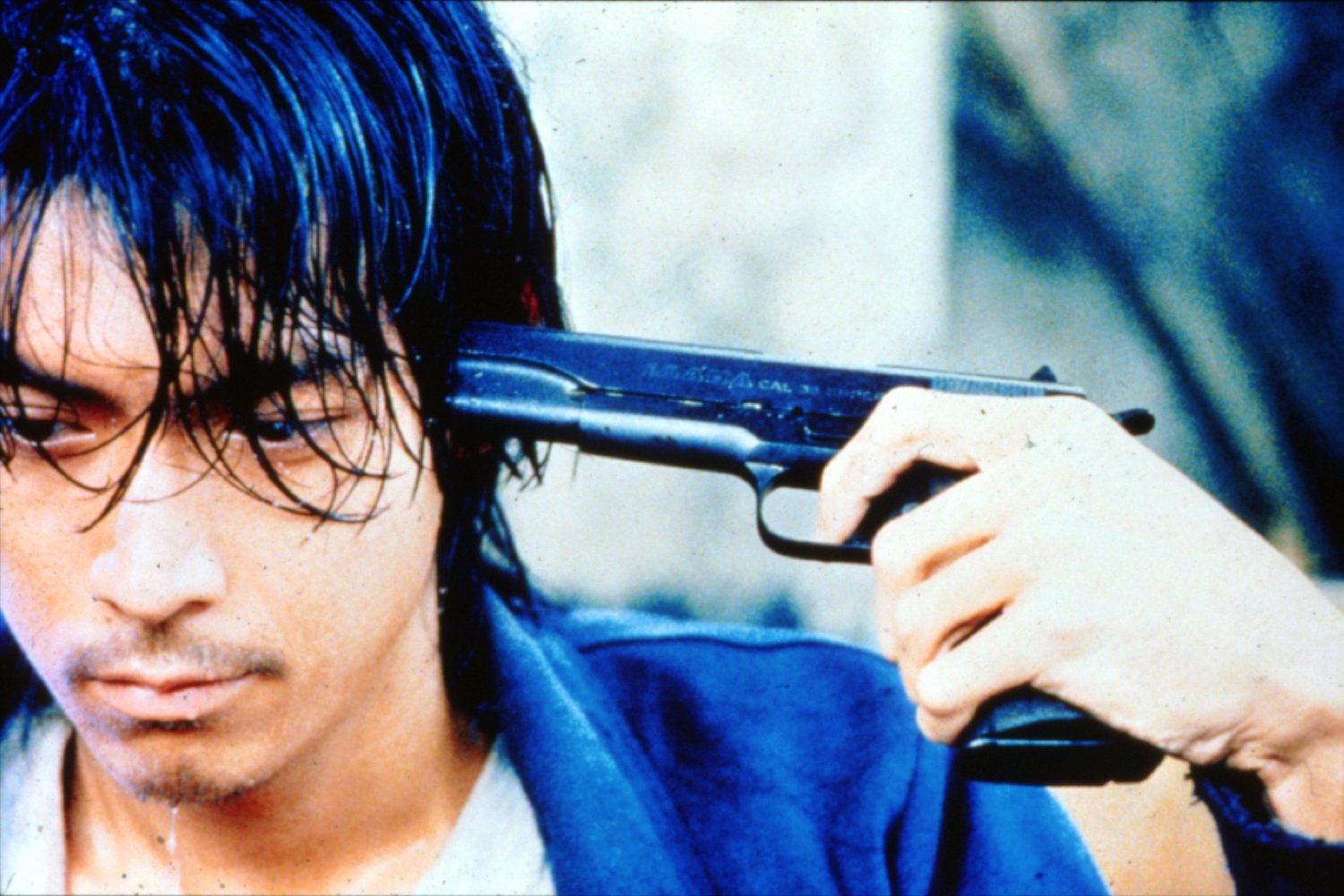
The original film concerns Kong, a deaf-mute attendant at an underground shooting range, whose talent in marksmanship is discovered by a hired assassin named Joe, who sets him on murdering corrupt capitalists.
Eventually, Kong falls in love with Fon, a pharmacist’s clerk. However, the cycle of violence, which opens when Joe’s girlfriend is raped, will not easily let him pursue his love interest.
The movie has a permeating “underground” sense, which is assisted by the rapid-cut montage, the greenish fluorescent lights (similar to those in Wong Kar-wai’s films), and the pervasive violence that seems to exist everywhere in Bangkok.
In the adaptation, Pang Brothers kept the film in Bangkok, but adapted the script to a larger degree, since Joe, the protagonist, is an American killer for hire who becomes a mentor for Joe, a small-time crook, only to disappoint him.
The atmosphere of the original is more of the same, but they toned down the violence and the script appears somewhat incoherent at times, resulting in a film that is dull at moments, a flaw that Nicolas Cage’s performance does not soothe in any way.
9. Il Mare (Lee Hyun-seung, S. Korea, 2000)
Remake: The Lake House (Alejandro Agresti, 2006)
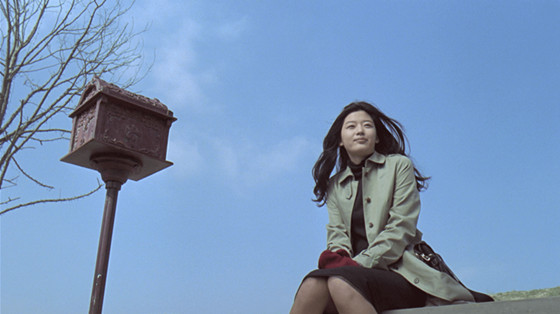
In 1997, Han moves to a magnificent seaside house where he discovers a letter by a girl named Kim in the mailbox, which states that she was the previous owner of the house, and asks to forward her an important letter that will eventually arrive. Han initially thinks that this is a farce, since he is the first person to live in the house, a notion that is strengthened when he realizes the letter is dated in 1999.
Eventually, he responds to the letter, only to discover that Kim actually lives in 1999 and the two of them share a communication beyond time.
Lee Hyun-seung focuses on the obvious notion of how the two of them will manage to meet, and if a romantic relationship will eventually occur. However, he also presents the change the two of them experience through a relationship that could only be attributed to a miracle, and in that fashion, he manages to create a film that is much more than a standard romance.
Alejandro Agresti magnificently transferred the atmosphere and script of the original in Chicago, taking advantage of the obvious chemistry between Sandra Bullock and Keanu Reeves. The sole flaw of the film is that the director and screenwriter do not seem to take any chances with their material, with the movie becoming quite predictable at times.
8. Hachiko Monogatari (Seijiro Koyama, Japan, 1987)
Remake: Hachi: A dog’s Tale (Lasse Hallstrom)

Both films are based on an actual story that occurred in 1932 in Tokyo, with an Akita dog waiting for his master, Professor Ueno, to return from his work, even after he had died.
The original film revolves around the connection between the professor and Hachiko, portraying various events of their common life. Seijiro Koyama included some comic notions resulting from the professor’s infatuation with the dog, which led him to sleep and even take baths together, to the point where his wife started worrying. The movie, though, remains a melodrama for the most part.
Lasse Hallstrom splendidly transferred the melodramatic atmosphere of the original, focusing on the relationship between man and dog and the difficulties that occur, particularly due to professor Parker Wilson’s wife, who isn’t very fond of animals in general. The film also suggests that Wilson sees the son he never had in the dog, including another emotional level to the story.